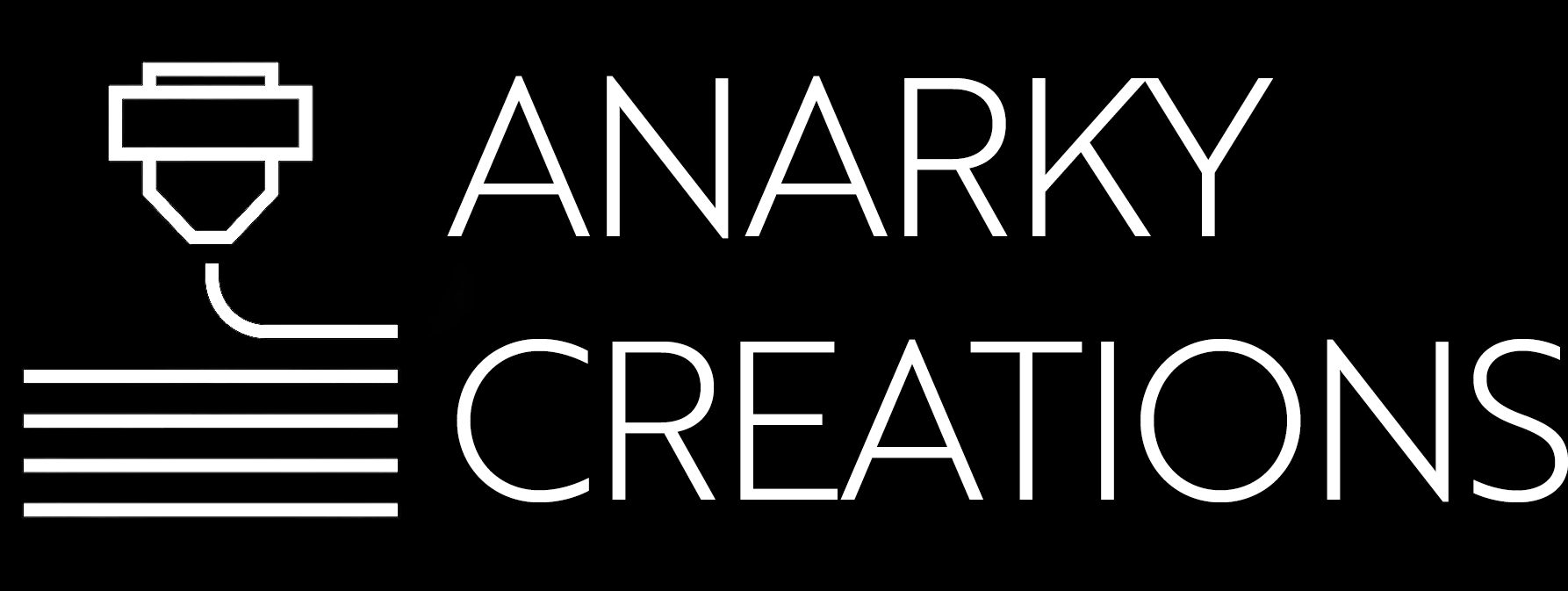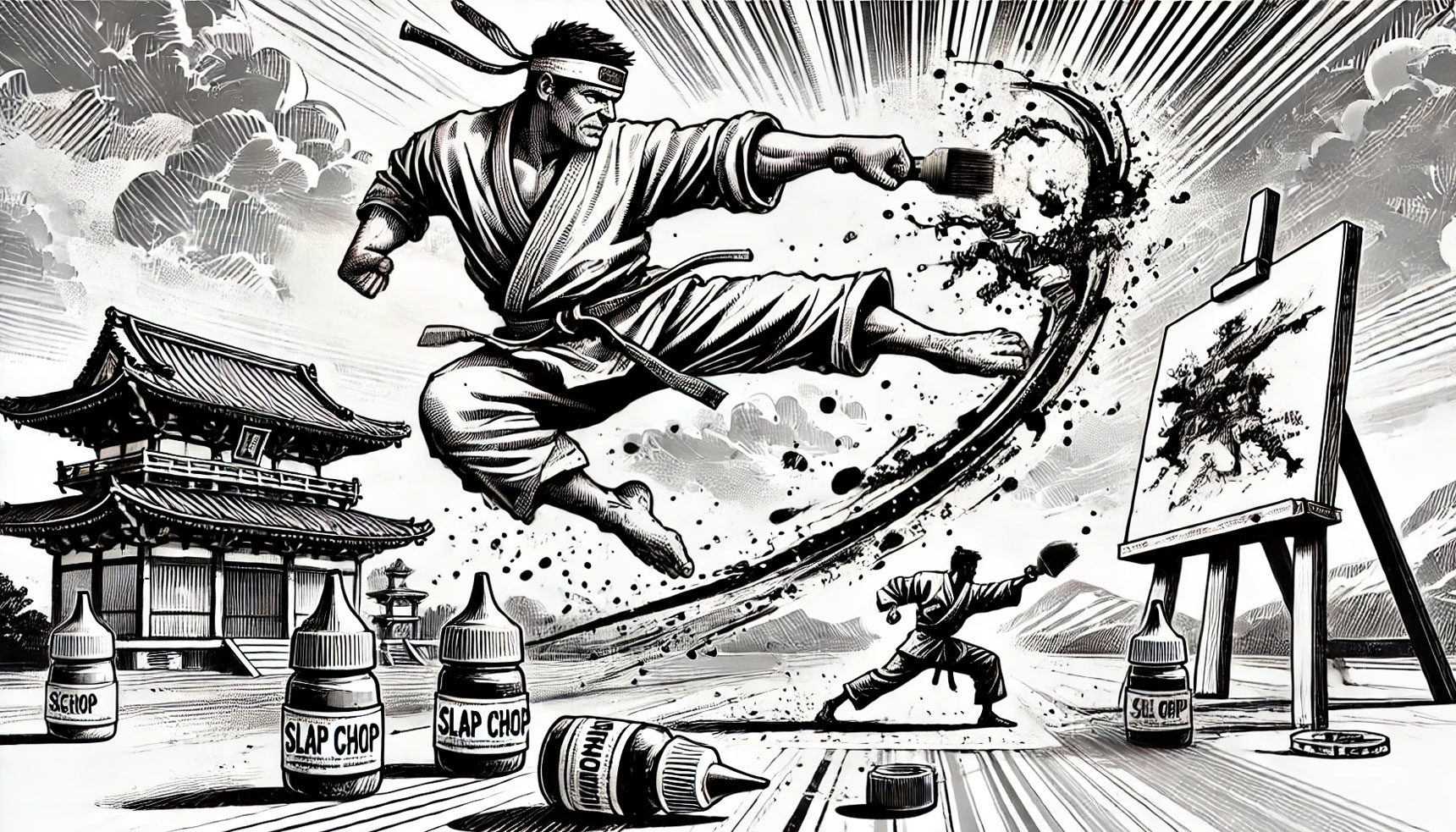What is Slap Chop?
If you’ve been in the miniature painting hobby for a while, you’ve likely heard of Slap Chop – a fast, high contrast painting technique that has taken the hobby world by storm. By cleverly combining zenithal priming, dry brushing and speed paints, Slap Chop offers a quick and effective way to get models tabletop-ready without sacrificing visual impact.
But where did this technique come from? Who coined the name? And why has it become a go-to method for speed painters worldwide? Let’s dive into the history, impact, and monetisation of Slap Chop and why you might want to give it a try!
The Origins of Slap Chop: Who Invented It?
While many elements of Slap Chop existed before, the term itself was popularized by Robbie McGuire, known as The Honest Wargamer, around 2022. His videos and livestreams showcased a speedpainting technique using black priming, grey and white dry brushing and translucent contrast paints to achieve high contrast results with minimal effort.
The name “Slap Chop” was a playful nod to the infomercial kitchen tool, the Slap Chop, a device designed for quickly chopping vegetables. The connection? The rapid, almost effortless painting method felt like “slapping” paint onto a model and quickly “chopping” through army paint – making the process sound as fun as it is effective.
The Artistic Influences and Cultural Origins
Slap Chop’s technique is rooted in older miniature painting practices, particularly:
- Zenithal Highlighting – Under shading method where a black primed miniature is sprayed grey then white from above. Creating a natural lighting effect.
- Dry Brushing – Technique where a lightly loaded almost dry brush is used to highlight raised details quickly.
- Glazing and Contrast Painting – Using thinned transparent paints to allow under shaded highlights to show through.
This speed led approach aligns with the European and American wargaming communities, where getting armies painted quickly is more important than achieving competition level finishing. It borrows from high contrast styles used in Warhammer, Dungeons & Dragons and tabletop gaming circles, making it a universally appealing technique.
Why Was There a Need for Slap Chop?
Yes – Miniature painters needed a way to paint large armies quickly while maintaining a visually striking appearance. Traditional techniques like layering, edge highlighting, and blending take time and skill, and not every hobbyist wants to spend hours perfecting each figure.
Slap Chop solves this problem by allowing painters to:
- Get vibrant, high contrast results in a fraction of the time.
- Make complex models “pop” with minimal effort.
- Make miniature painting more accessible to newcomers who may find layering and blending intimidating.
- Encourage hobbyists to paint more and play more.
Slap Chop – Step by Step Basics
Step 1: Prime Black
Spray or brush-on a black primer to create a strong base layer.
Step 2: Apply Zenithal Highlights with Dry Brushing
Using grey, then white paint, dry brush in light layers to create natural highlights on raised surfaces. The goal is to establish contrast before applying colour.
Step 3: Use Translucent Paints
Apply Contrast Paints, Speed Paints, Xpress Colours, or similar translucent paints in thin coats. Allowing zenithal undershading to show through, creating depth without layering.
Step 4: Done!
You now have a fully painted miniature with shadows, midtones, and highlights—without needing to manually blend or shade.
Industry and Community Response
Hobbyist Reaction
Slap Chop was an instant hit among hobbyists, but unsurprisingly attracted negative attention from the professional segment. Similar to an traditional artist response to AI.
Monetisation: Who’s Making Money from Slap Chop?
1. Paint Manufacturers
Tabletop gaming companies soon saw the potential of the technique and capitalised on it:
- Games Workshop – Contrast Paints were already marketed for quick shading, Slap Chop pushed them into even greater popularity.
- The Army Painter – Speed Paints were released, explicitly marketed as one-coat solutions for Slap Chop.
- Vallejo – Xpress Colors entered the market as a direct competitor, tailored for this method.
- Green Stuff World – Dipping Inks, further expanding the selection of paints optimised for Slap Chop.
2. YouTube and Content Creators
Miniature painting influencers have monetised Slap through tutorials, affiliate links, and sponsorships. Creators like:
- The Honest Wargamer (YouTube) – The original promoter of Slap Chop.
- Miniac (YouTube), Ninjon (YouTube), and Midwinter Minis (YouTube) have created tutorials and guides, driving sales for affiliate products.
3. Commission Painters & Painting Services
Many professional commission painters now offer this as painting services for tabletop gamers who want fast, quality paint jobs at lower costs than traditional methods.
4. Online Courses, eBooks, and PDFs
Paid guides, tutorials and courses sprung up on platforms like Udemy, Patreon and Gumroad, offering deeper insights.
Pushback from Traditionalists
Painters who initially dismissed Slap Chop as a lazy shortcut when compared to traditional layering and blending. However, as the technique evolved, even experienced painters have started integrating elements into their workflows.
The Legacy in Miniature Painting
- Revolutionised speed painting.
- Brought new painters into the hobby.
- The industry has adapted and profited.
- Continual evolvement – hybrid approaches.
Final Thoughts
If you want to paint armies faster, get high-contrast results, and spend less time on tedious blending, Slap Chop is for you! Whether you’re a beginner or a seasoned hobbyist, this technique is a powerful tool in your painting arsenal. So grab your dry brush, Contrast Paints and an army of plastic, and get slapping. We think its a great starting point, and once you have got started, its an excellent launchpad for further developing your skills and your craft. Learning from traditional artists, while incorporating techniques that we are yet to hear about.

